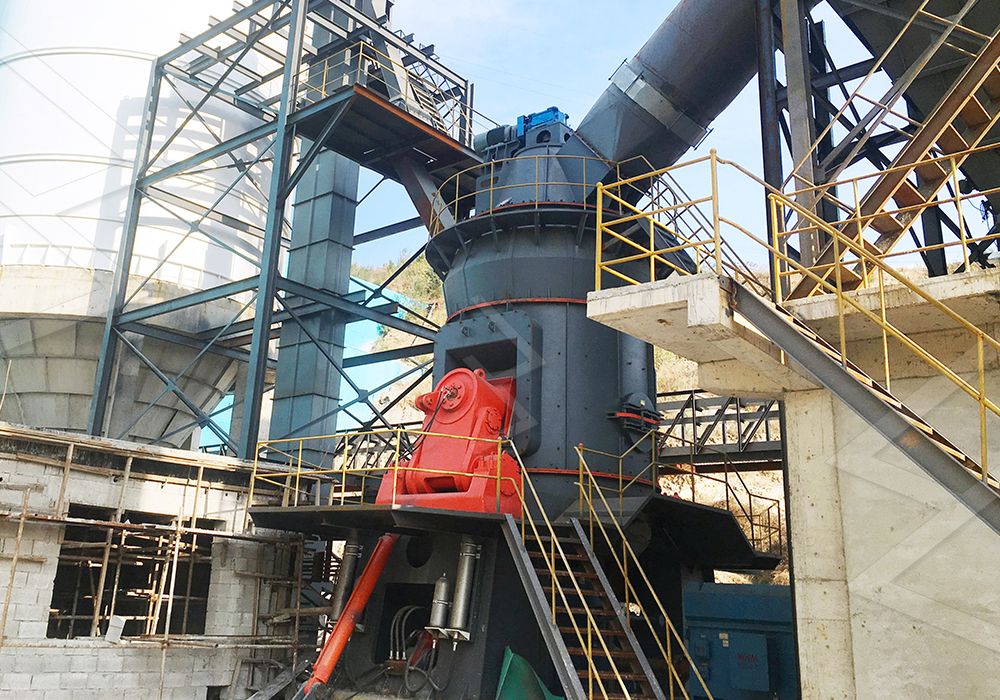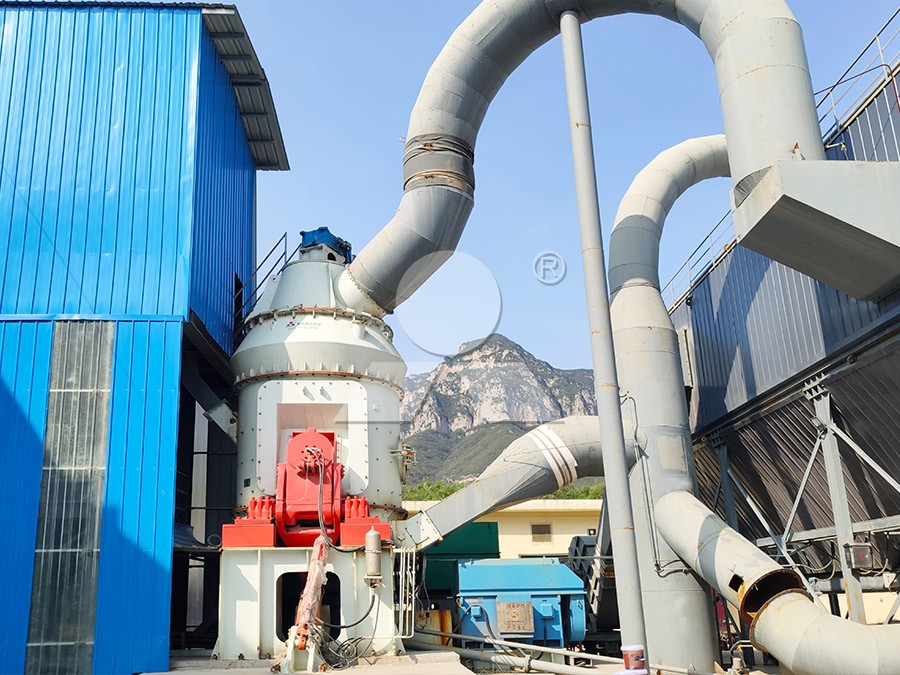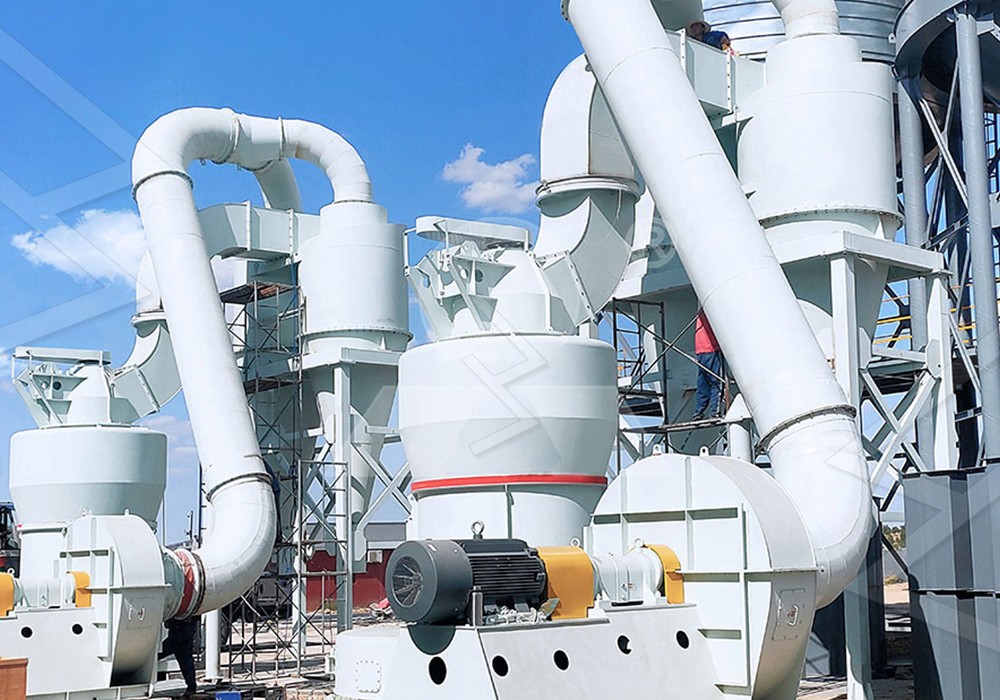100 Mesh Slag Grinding Mill for Major Overhaul Applications
Navigating Major Overhauls: The Critical Role of 100 Mesh Slag Grinding Mills
When a major overhaul looms on the horizon for industrial operations relying on slag processing, the selection of grinding equipment becomes a cornerstone of operational continuity and efficiency. A 100 mesh slag grinding mill is not merely a piece of machinery; it is the heart of the production line, determining throughput, product quality, and long-term maintenance costs. The challenge lies in identifying a mill that delivers consistent 100 mesh fineness while withstanding the abrasive nature of slag, all without becoming the primary source of unplanned downtime.

Traditional ball mills, while common, often fall short in energy efficiency and can struggle with precise fineness control, leading to higher operational expenditures. The industry’s pivot is towards more advanced, vertically-oriented grinding systems that integrate multiple processes—drying, grinding, classifying, and conveying—into a single, cohesive unit. This integrated approach is paramount for overhaul projects where space optimization and system simplification are key drivers.
Strategic Equipment Selection for Overhaul Success
For plant managers planning a significant upgrade, the technical specifications of a grinding mill are the blueprint for future performance. Key considerations must include input size compatibility, capacity matching projected output, and a design philosophy that prioritizes ease of maintenance. A mill that requires frequent, extensive disassembly for routine part replacement can negate the benefits of an overhaul by introducing new points of failure and extended stoppages.
In this context, the LM Vertical Slag Mill emerges as a formidable solution. Engineered specifically for industrial waste like slag, it accepts input sizes of 38-65mm and delivers a capacity range of 7-100 T/H. Its vertical structure integrates drying, grinding, powder selection, and conveying, reducing the system’s footprint by approximately 50% compared to a ball mill system. More critically, its energy consumption is 30% to 40% lower, a significant factor in the total cost of ownership. The design ensures that the processes of grinding and powder selection are unified within one device, which drastically simplifies the system architecture and reduces potential failure points—a vital characteristic for overhaul applications aiming for long-term stability.

Beyond the Overhaul: Ensuring Continuous, Eco-Conscious Operation
A successful overhaul extends beyond the immediate installation. It encompasses the entire lifecycle of the equipment, including its environmental footprint and operational resilience. Modern grinding mills must operate under strict environmental standards, minimizing dust and noise pollution. The integration of efficient pulse dust collectors and mufflers is no longer an optional extra but a fundamental requirement.
For operations requiring ultra-fine powder capabilities beyond standard slag grinding, the MW Ultrafine Grinding Mill presents a compelling alternative. With an input size of 0-20 mm and a capacity of 0.5-25 TPH, it is equipped for precision. Its cage-type powder selector allows for adjustable fineness between 325-2500 meshes, making it exceptionally versatile. A key feature for maintenance-heavy environments is the absence of rolling bearings and screws in the grinding chamber. This design eliminates common failure points, freeing operators from concerns about bearing damage or machine failure from loose screws. The external lubrication system enables lubrication without shutdown, supporting continuous 24/7 production that is essential for capitalizing on a major overhaul’s investment.
Frequently Asked Questions (FAQ)
Why is a vertical mill often recommended over a ball mill for slag grinding in overhaul scenarios?
Vertical mills, like the LM Vertical Slag Mill, offer a significantly smaller footprint, integrated processing steps, and 30-40% lower energy consumption. Their design is inherently more suited to the abrasive nature of slag and simplifies maintenance routines, which is critical for maximizing uptime after a major overhaul.
What is the significance of achieving 100 mesh fineness for slag?
A 100 mesh fineness (approximately 150 microns) is a common specification for slag used in cement and concrete production. It optimizes the pozzolanic activity of the slag, enhancing the strength and durability of the final concrete product while ensuring efficient utilization of the industrial by-product.
How does the MW Ultrafine Grinding Mill handle maintenance to reduce downtime?
The MW Mill is designed with maintenance minimization in mind. It has no rolling bearings or screws in the grinding chamber, preventing common mechanical failures. Furthermore, its lubricating device is external, allowing for lubrication without stopping the mill, which is a major advantage for continuous operation.
Can these mills handle the varying moisture content often found in slag?
Yes, both the LM Vertical Slag Mill and the MW Ultrafine Grinding Mill integrate drying functions. They can effectively process slag with varying moisture levels by using hot air introduced during the grinding process, ensuring a consistent and dry final powder.

